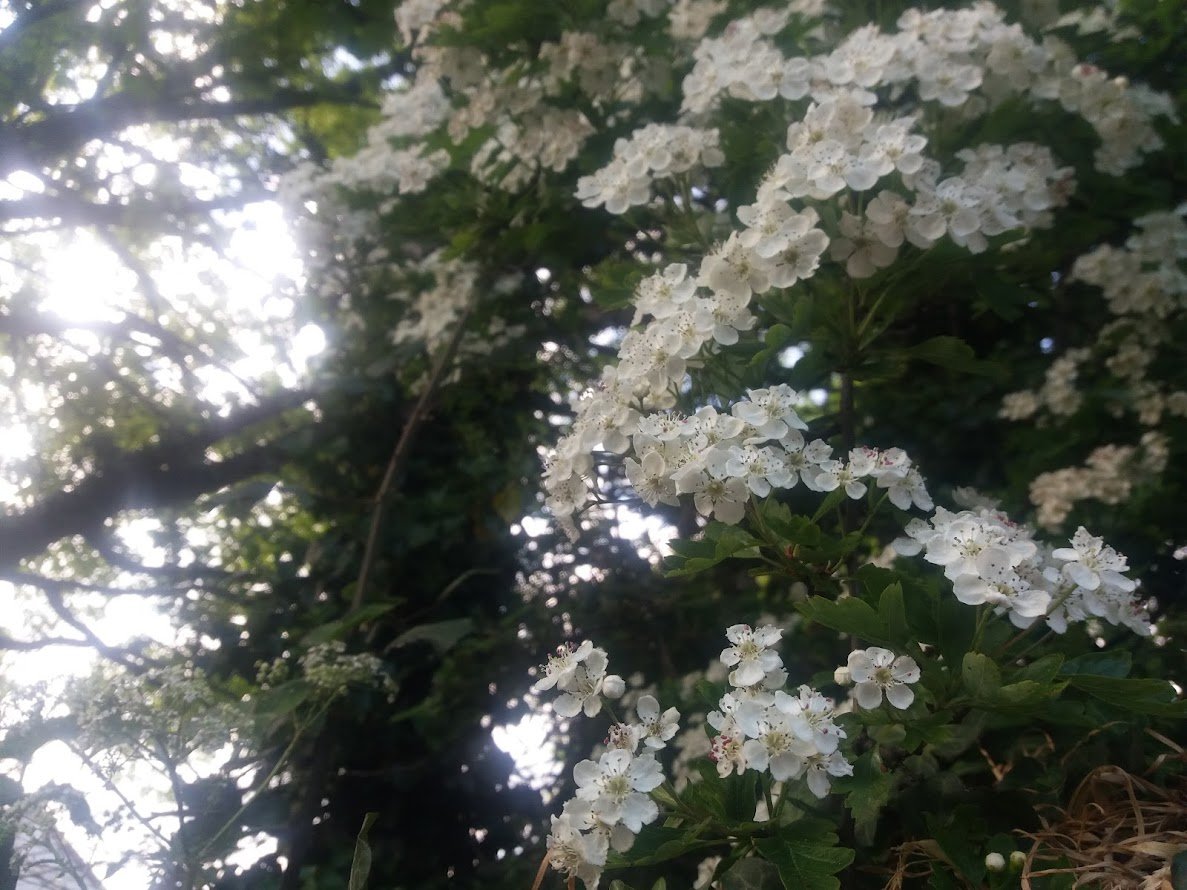A Beginners guide to
foraging and preparing wild, edible irish plants

Artist Bio
Lindsey Boylan is an Irish artist specialising in ornate pen and ink drawings. Born on a farm in 1980, her work reflects the continuing importance of nature in her life. Self–taught, Lindsey’s art has evolved and been shaped by the experience of travelling the world with her partner and two children. The aesthetic tradition of intricacy and focus on nature and spirituality of Asian art, in particular, has a marked influence on her work. Having created designs for schools and company logos whilst based in Singapore, Lindsey then opened and ran a successful market stall selling prints of her work upon her move to London. In 2015 Lindsey was commissioned to design a series of adult coloring books for Dover publications. She is currently based in Edinburgh where she designs stunning patterns for embroidery kits through her company, Embroidery I Love available at www.embroideryilove.com. Her illustrations can be seen on her Instagram account @lindseyboylanillustration
Jenny is a forager, wildcrafter, apprentice herbalist, and author of The Beginner Forager’s Calendar. Having grown up on a farm in Co Louth she has a lifelong love of nature but began to develop deeper knowledge of wild plants while living and working in Palestine, where traditional practices of gathering and eating seasonal wild plants and working with them for medicine are still strong. This living tradition deeply inspired a return to plants in Ireland and a commitment to sharing that knowledge with others and especially with people who are just starting out on their foraging journeys. For Jenny, foraging is fundamentally a way to reconnect with our natural world and our heritage.
Author bio
A foragers code of honour
🌿 Don’t take more than you need - consider what you’d like to do with the plants before you leave the house, it’s a good guide to ensure you don’t come back with too much and that you use what you’ve brought home.
🌿Be sure of at least 3 identifyingg features before harvesting a plant
🌿 Ask first - if talking to plants is too much to consider, set the intention for what you’d like to do with the plant material before you leave. If you do like to talk to plants, you’ll know they have their ways of letting you know what you can take and what you can’t.
🌿 Give something back. Native Americans would leave gifts like tobacco near the plants they harvested as a thank you. I give thanks by removing litter from the areas I forage in, I recommend taking an extra empty bag with you for this.
🌿 Don’t take more than a few of anything you see, even in abundance. It’s really good foraging practice never to take more than ¼ of any plant colony, even nettles, dandelions, or very common plants. It helps keep the balance in nature.
🌿 Don’t pick the first plant that you see and don’t take the last - the idea is that you don’t take the first in case it’s the last of its kind in that area.
🌿 Leave no trace of your visit
🌿 Be sure that the area you are foraging in isn’t sprayed with pesticides, many, though not all town and city parks may be sprayed with pesticides, you can check with the local council to see where they spray and what they use. Hedgerows, woodland, and beaches tend to be cleaner, you can also forage in gardens where you’ll know what’s been used.
🌿Pick healthy-looking plants that will give you the best food or health experience.
🌿 Don’t take the animals home with you – check to be sure that the plant you’re looking at isn’t animals food, look under the leaves for signs of life, and shake the plants you do take to be sure if there is a stray animal on there that you don’t take them home.
-
Refrences and resources
A list of the reference books and websites used in writing the Beginner Forager’s Calendar
-

Foragers in Ireland
A list of foragers and people running foraging and wildcrafting classes in Ireland by county
-

Live Events
Join the beginner-friendly live foraging events focusing on what’s available each season and see how to make wild food and drinks.






